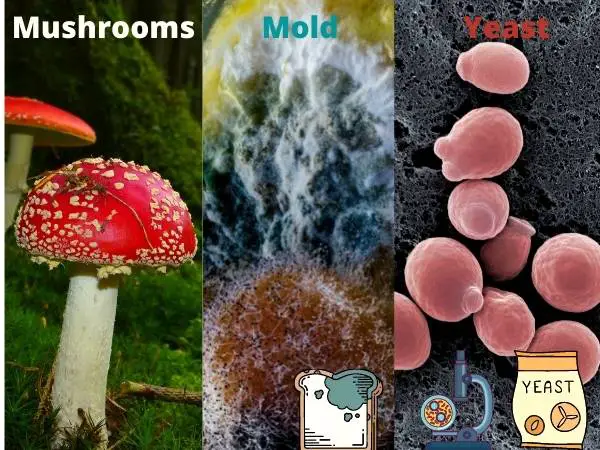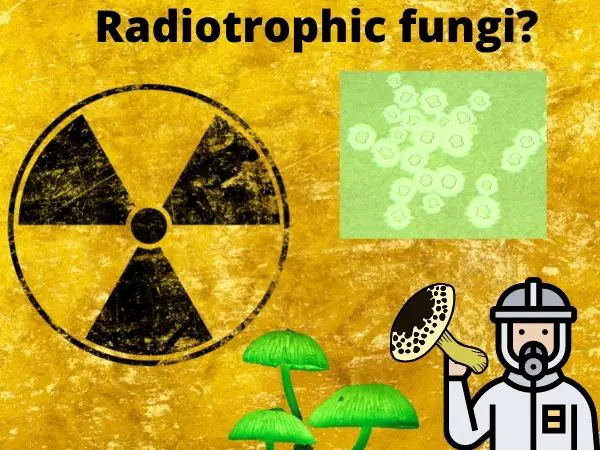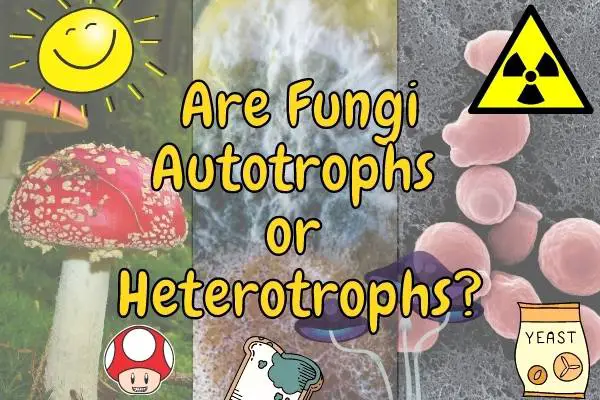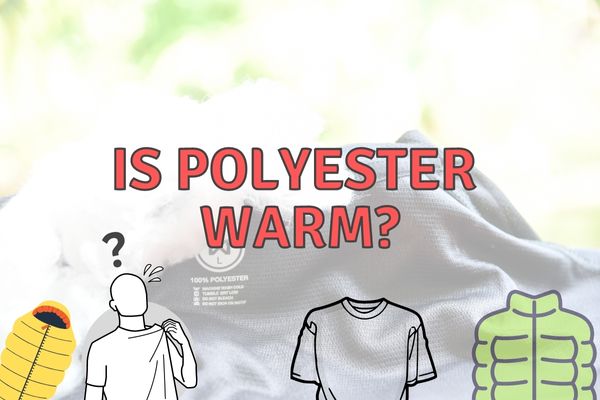Fungi like mold, mushrooms, and yeast grow on a variety of food sources, but common to them all is that their energy comes from the organic molecules that they absorb from other organisms.
This makes fungi heterotrophs, which means they use organic compounds as food to provide energy for growth, development, and reproduction.
It also makes fungi similar to animals because they both depend on other organisms for survival. Fungi are different from animals in that they do not move to obtain food, but rather use secreted enzymes to break down food in their surroundings.
Fungi can be found in a variety of environments, including on land, in water, and in the air.
Fungi that live on land can be found in a variety of habitats, including forests, meadows, gardens, compost bins, and buildings.
Mushrooms are the most visible part of fungi that live on land, and they are often found in association with trees because this allows them to feed on the decaying leaves that fall off every year.
Yeasts are single-celled fungi that are commonly used to make bread and beer. These are usually more simple in their food choices and prefer sugars e.g. those from rotten fruits, over complex carbohydrates such as the cellulose of plants.

Fungi that live in water can be found in fresh or saltwater. Some fungi that live in water are parasites of fish or other aquatic organisms.
Fungi can even exist in the air because they can be carried long distances in the form of spores.
Some of these fungi may also grow on your bread (as you might have discovered when you leave it out for too long!) or even in your body (causing yeast infections) to make you sick!
Contents
Why most fungi are considered heterotrophs and not autotrophs?
Fungi live on (the leftovers of) other organisms and are therefore considered to be heterotrophs.
Heterotrophs can only obtain their energy from other living, or previously living, sources. They cannot make their own food and therefore need to feed on plants, animals, or other microscopic organisms to survive.
This is in contrast to autotrophs like plants or chemosynthetic bacteria that are able to produce their own food from inorganic sources.
Their ability to break down almost any type of organic matter renders fungi as effective decomposers, playing a vital role in the reuse of organic matter.
Along with bacteria, fungi are the most important decomposers, breaking down organic matter such as dead leaves in the forest.
Decomposers are organisms that help in the recycling and returning of nutrients back into the food pyramid, so they are very important for the survival of humans and other larger organisms.
Are fungi also consumers?
Yes, fungi are heterotrophic consumers, meaning they cannot make their own food but have to consume food from other organisms.
This is the same as most animals (although some animals can make their own food!)
In a sense, fungi can work as both primary and secondary consumers, as they eat producers such as plants, but pathogenic fungi also live directly off of animals that also eat plants (making these fungi secondary consumers)!
Are any mushrooms autotrophs?
Whereas fungi cannot obtain energy directly from inorganic molecules like some bacteria can or sunlight like plants, there there is some evidence for certain fungi, suggesting that they can obtain energy directly from ionizing radiation!
This means that certain fungi can actually feed off nuclear waste!
This form of autotrophy is referred to as radiosynthesis – but how does it work?
What is radiosynthesis in fungi?
Radiosynthesis is the process in which fungi obtain energy from radiation.
It is believed that radiotrophic fungi are able to absorb radiation from radiation sources such as certain isotopes of elements like uranium, thorium, and potassium, and convert it into small amounts of energy.

These fungi were first discovered in the leftovers of a Nuclear Reactor in Chernobyl in Ukraine. What makes it particularly fascinating, was that the fungi that are able to survive these high levels of radiation did not just protect themselves, they actually exploited it and thrived better than without it!
So how does radiosynthesis in fungi work?
Simply speaking, it works because the fungus absorbs the radioactive radiation into its melanin pigments where it uses the released electrons to generate cellular energy that can be used for growth!
This is not unlike how solar panels work, where sunlight is used to kick off electrons that can be used directly as electricity!
Radiotrophic fungi, such as the mushroom Cryptococcus neoformans or Cladosporium sphaerospermum, can use this method of obtaining energy because they contain melanin which is very good at absorbing many types of radiation.
Because melanin is a big bulky molecule that absorbs energy easily, it is able to absorb radiation and use the energy to catalyze an oxidative-reduction reaction, which releases electrons to recharge energy-rich molecules (NADH) of the fungus cells.
NADH is an electron carrier in cells, as such, and it is used as an energy source to do cellular work and growth.
Are any fungi chemosynthetic?
No. To date, no chemosynthetic fungi have been discovered.
Chemosynthesis is a process that uses energy from chemicals to create food. This means that, unlike photosynthesis or radiosynthesis, chemosynthesis doesn’t require sunlight or radiation in order to occur.
Chemosynthesis is probably the most ancient form of energy metabolism so it does generally not exist in higher eukaryotes like animals and fungi.
Conclusion
Fungi are heterotrophs, meaning they cannot produce their own food. Instead, fungi must consume the organic matter and energy of other organisms to survive; this makes them a critical part of the recycling process that keeps all forms of life alive on Earth!
Fungal decomposers break down dead leaves in forests, while others act as pathogens, or secondary consumers, by feeding off animals who eat plants.
An interesting thing about fungi is how some types can actually use radiosynthesis (where radiation creates energy for cells)!




